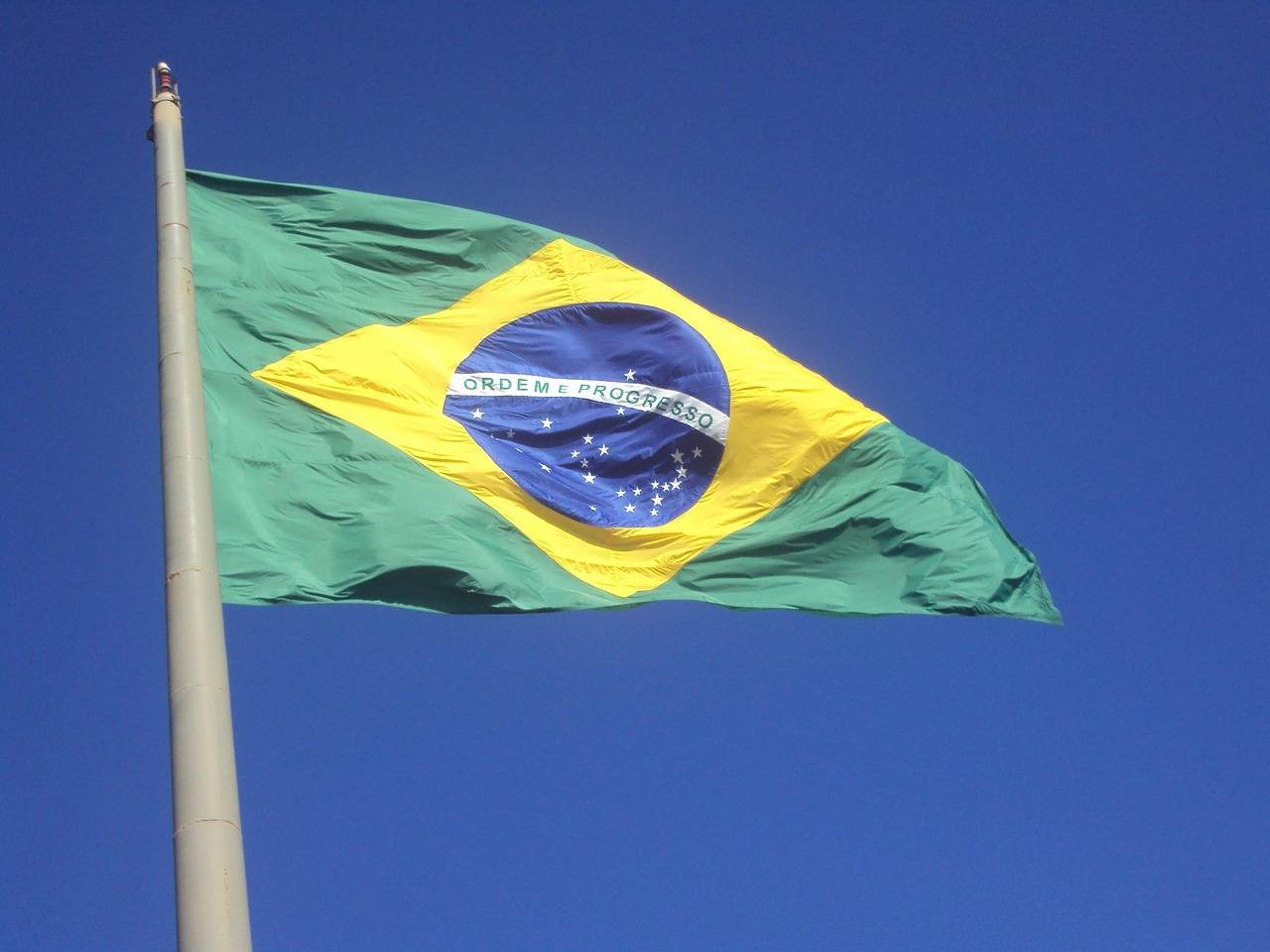ROME – Tuesday made official a transition that’s been quietly underway for a while in terms of the Vatican’s response to the clerical sexual abuse scandals: Pope Francis and his aides are rethinking, if not the substance of a “zero tolerance” policy, at least the rhetoric of it, becoming increasingly unwilling to use that phrase.
Confirmation came with release of a document from the pontiff drawing conclusions from last fall’s Synod of Bishops on young people, where tensions over “zero tolerance” formed one of the major pieces of drama. In the end, Francis’s 35,000-word, 63-page text discusses the abuse crisis at some length, devoting almost 1,000 words to the subject, but makes no mention of “zero tolerance.”
Here’s the thing: There may be compelling reasons for caution about the phrase, beginning with the point that it seems to have come to mean wildly different things depending on who’s using it.
However, if the pope is now planning to avoid a term he himself helped to cement as a pillar of the Church’s commitment to reform, somebody will need to explain why – otherwise, people may be tempted to think this reconsideration is actually a retreat.
When Francis convened a synod on young people last October, questions surrounded how the bishops would handle an avalanche of fresh twists in the clerical abuse scandals.
Those developments included a damning Pennsylvania grand jury report; the resignation of ex-Cardinal Theodore McCarrick; a controversy in Australia over eroding the seal of the confessional; laicizations, bishops’ resignations and fresh revelations in Chile; and an infamous letter from Italian Archbishop Carlo Maria Viganò accusing Pope Francis of knowing about McCarrick and covering it up.
Two weeks before the synod opened, the Vatican announced Francis would summon presidents of all the bishops’ conferences in the world to Rome to discuss child protection Feb. 21-24. Nonetheless, several bishops at the synod representing areas hardest hit by the crisis pushed ahead, tackling it head-on.
One such moment came when Archbishop Anthony Fisher of Australia directly addressed the 36 young people who joined the bishops, apologizing for the failures of Church leadership. He drew sustained applause, and he was joined by several other prelates who engaged the issue both in floor speeches and in small group discussions. It seemed there was momentum towards a strong statement.
On Tuesday, Oct. 23, synod participants were presented with a draft version of the final document they would vote on Saturday, Oct. 27. It included a clear affirmation of “zero tolerance.”
Over the next several days that language was peeled back, mostly due to reservations among bishops from the developing world and even some from the West, such as leading Italian prelates. Some felt the attention to the abuse crisis in the draft was disproportionate, while others objected that addressing any specific policy ahead of the pope’s February summit would be premature.
In the end, the synod’s final document contained only three paragraphs on abuse, with no reference to “zero tolerance.”
Pope Francis could have addressed that omission today in his concluding document, but he chose not to. He included a section on “ending every form of abuse” and insisted “there can be no turning back,” but shrank from the argot of “zero tolerance.”
To be sure, there are anti-abuse experts and reformers with doubts about what the phrase “zero tolerance” has come to mean over the last couple of decades, which often seems to be in the eye of the beholder.
Originally, it was a reference to the standard adopted by the U.S. bishops in Dallas in 2002, which is that a single substantiated act of sexual abuse of a minor is enough to justify permanent removal from the priesthood.
At that level, it’s a mixed bag in terms of what’s going on right now. The defrocking of McCarrick just before the February summit could be seen as demonstrating that this form of “zero tolerance” now applies to Catholic clergy at all levels.
Yet in a set of points of reflection Francis distributed to bishops at the February summit, he included one calling on the Church to “observe the traditional principle of proportionality of punishment with respect to the crime committed,” adding “that priests and bishops guilty of sexual abuse of minors leave the public ministry.”
While there was no concrete outcome on this point, some wondered if the Vatican is now moving back to permanent removal from ministry, as opposed to defrocking, as the benchmark in abuse cases.
In any event, depending on context, the phrase “zero tolerance” can also be used to mean the entire American and/or Western response to the abuse crisis, including mandatory reporting to local police and civil authorities, public disclosure of the names of accused clergy, financial payouts to settle litigation, press conferences, etc.
At that level, prelates from Africa, Asia and elsewhere may have legitimate doubts about whether all those measures apply neatly to their own situations, and they can be understandably reluctant to employ a vocabulary that could imply that they do. Naturally, history’s first pope from the developing world will be sympathetic.
Global ambivalence on zero tolerance was underlined a couple of weeks ago in remarks to the media by Archbishop Marek Jędraszewski of Krakow, Poland.
“The Church must be impeccably resolute in the fight against evil,” Jędraszewski said, “but she must also call for conversion, penance and show mercy to the perpetrators, if they show sincere regret,” adding that a “zero tolerance” principle is totalitarian and originates from Nazi traditions.
Some bishops from other parts of the world wonder if “zero tolerance” in the sense of automatic defrocking can really be a global standard, given that statutes of limitations in civil law often won’t lead to a priest-offender going to jail. Do you really want to release him to society unsupervised, they ask, in a situation in which he might abuse even more children?
Facing such a complex landscape, any pope might be a bit skittish. The challenge for Francis, however, is that he’s publicly committed himself to “zero tolerance” several times, most recently last August in a letter to the people of God following the Pennsylvania grand jury report and other developments.
He and other Church leaders by now have trained people to expect to hear the term “zero tolerance” as a litmus test of a serious commitment to reform, so when it drops out of use, it can sow doubt as to what’s going on.
Perhaps it’s unrealistic to expect the pope himself to deal with all this, but somebody on his team might want to find an opportunity soon to explain that a shift in vocabulary doesn’t necessarily imply a shift in content, at least when it comes to the crime of child sexual abuse.
Otherwise, the phrase “zero tolerance” could become the dog that doesn’t bark in papal rhetoric – leading the world to wonder, perhaps, if the Church’s response is losing its teeth.

















